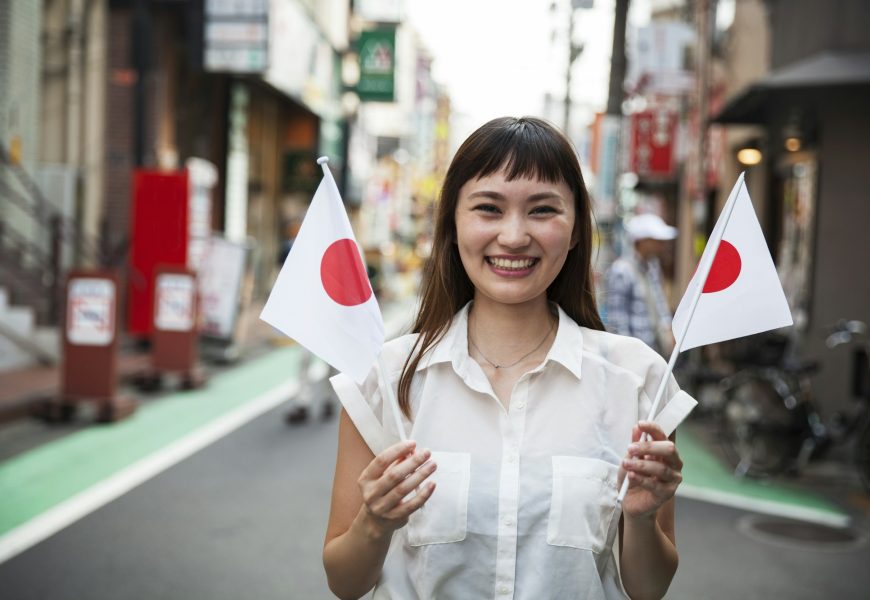Japan, an archipelago in East Asia, seamlessly blends ancient traditions with modern innovations. From its bustling cities to serene natural landscapes, Japan offers a diverse range of experiences for travelers.
Museums
Japan boasts a rich tapestry of history and art, showcased in its numerous museums:
Tokyo National Museum: Located in Ueno Park, Tokyo National Museum is Japan’s oldest and largest museum, housing an extensive collection of art and antiquities from Japan and other Asian countries.
Kyoto National Museum: Situated in Kyoto, this museum focuses on traditional Japanese art and cultural artifacts, offering insights into Japan’s imperial past.
Hiroshima Peace Memorial Museum: Located in Hiroshima, this museum provides a poignant look into the events of World War II, promoting peace and remembrance.
Historical Sites
Japan’s historical sites offer a glimpse into its storied past:
Kyoto’s Temples and Shrines: Kyoto is home to numerous UNESCO World Heritage Sites, including Kiyomizu-dera, Kinkaku-ji (Golden Pavilion), and Ginkaku-ji (Silver Pavilion), each exemplifying traditional Japanese architecture and spirituality.
Himeji Castle: Located in Himeji, this well-preserved castle is renowned for its elegant appearance and is often referred to as the “White Heron Castle.”
Nara’s Historic Monuments: Nara offers sites like Tōdai-ji Temple, housing the world’s largest bronze Buddha statue, and Kasuga Taisha Shrine, famous for its lantern-lined paths.
Nature Sites
Japan’s natural beauty is both diverse and breathtaking:
Mount Fuji: Japan’s iconic peak, Mount Fuji, is a popular destination for hikers and sightseers, offering stunning views, especially during sunrise.
Arashiyama Bamboo Grove: Located in Kyoto, this bamboo forest provides a serene walking path surrounded by towering bamboo stalks.
Okinawa’s Beaches: The Okinawa archipelago boasts pristine beaches with crystal-clear waters, ideal for snorkeling, diving, and relaxation.
Local Cuisine
Japanese cuisine is celebrated worldwide for its emphasis on fresh ingredients and meticulous preparation:
Sushi: Vinegared rice paired with fresh seafood, vegetables, or egg, often enjoyed with soy sauce and wasabi.
Ramen: A flavorful noodle soup with variations like shōyu (soy sauce), miso, and tonkotsu (pork bone broth).
Tempura: Lightly battered and deep-fried seafood and vegetables, typically served with dipping sauce.
Okonomiyaki: A savory pancake mixed with ingredients like cabbage, meat, and seafood, popular in Osaka and Hiroshima.
Restaurants and Cafes
Here are some notable dining establishments to enhance your culinary journey:
Ichiran Ramen (Tokyo): Famous for its individual dining booths, Ichiran offers a personalized ramen experience focusing on tonkotsu broth.
Gion Karyo (Kyoto): Located in the historic Gion district, this restaurant serves kaiseki, a traditional multi-course meal highlighting seasonal ingredients.
Hoshino Coffee (Various Locations): A popular café chain known for its hand-dripped coffee and fluffy soufflé pancakes, providing a cozy atmosphere.
Do’s and Don’ts
To ensure a respectful and enjoyable visit, consider the following cultural etiquettes:
Do’s:
Bowing: A traditional Japanese greeting and sign of respect.
Removing Shoes: Remove your shoes when entering homes, certain restaurants, and temples.
Queueing: Form orderly lines when waiting for public transportation or services.
Don’ts:
Speaking Loudly: Maintain a low voice in public places to avoid disturbing others.
Pointing: Avoid pointing at people or objects; instead, gesture with an open hand.
Tipping: Tipping is not customary in Japan and may be considered rude.
By embracing these cultural practices and exploring the rich tapestry of Japan’s attractions, your journey is sure to be both memorable and enriching.
Sources:


